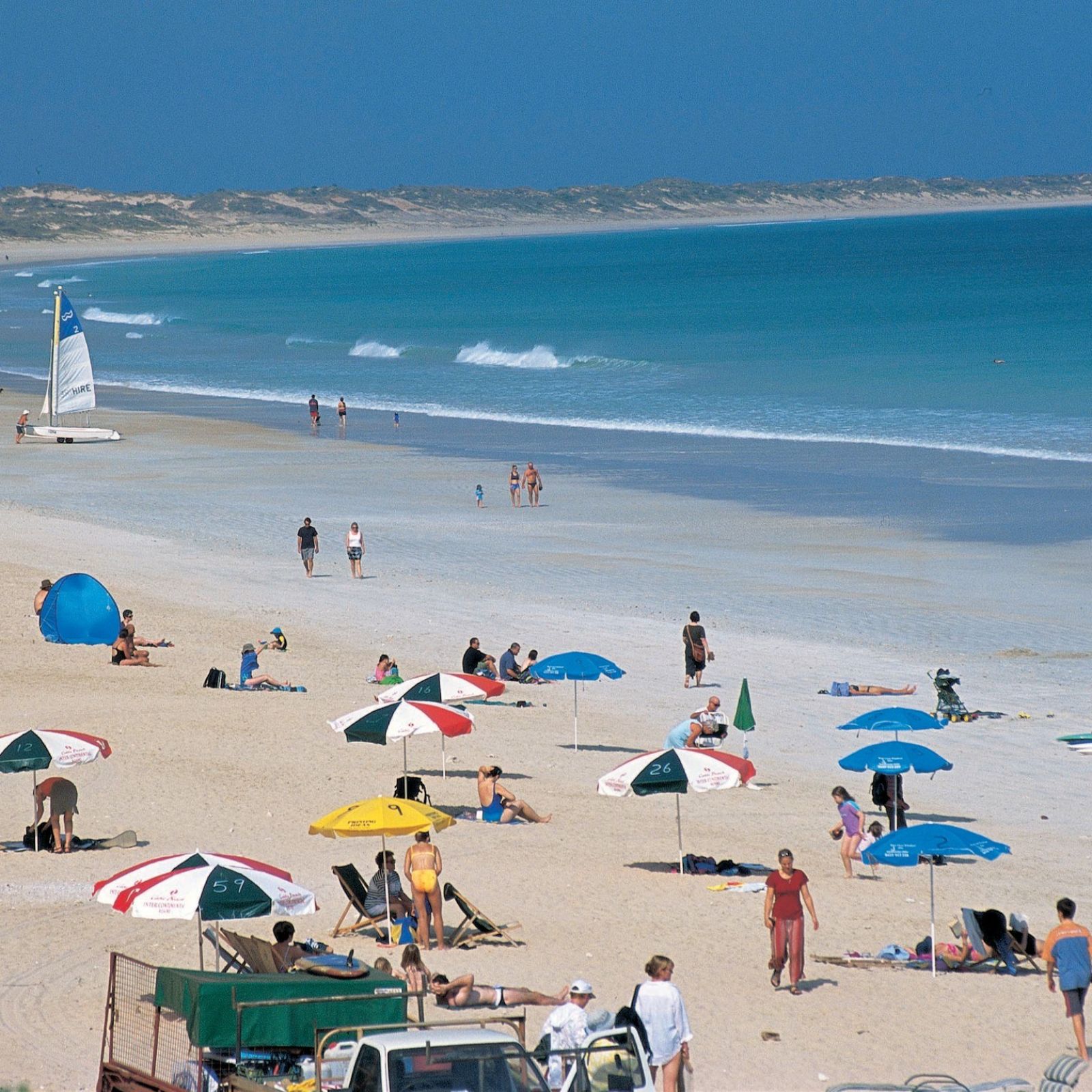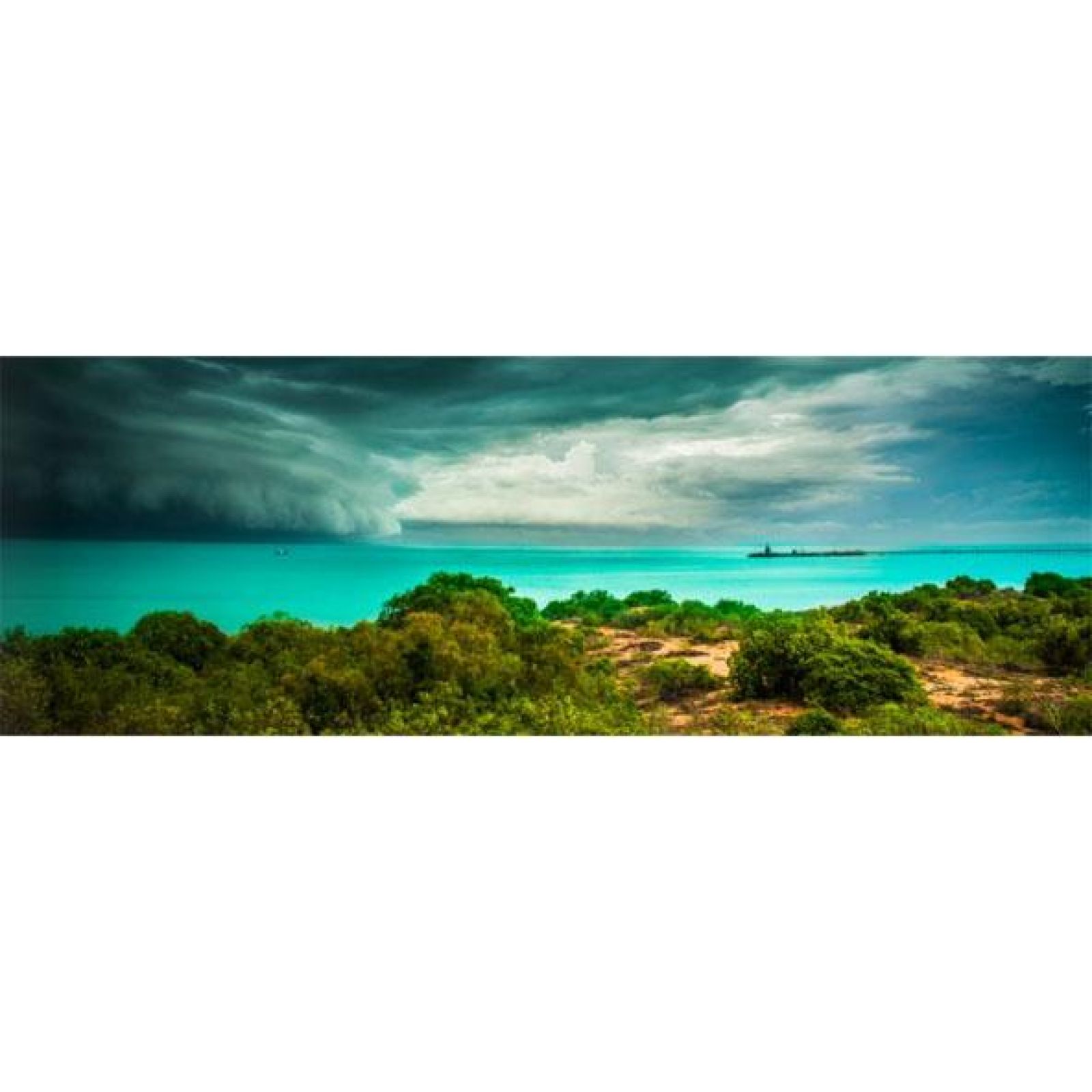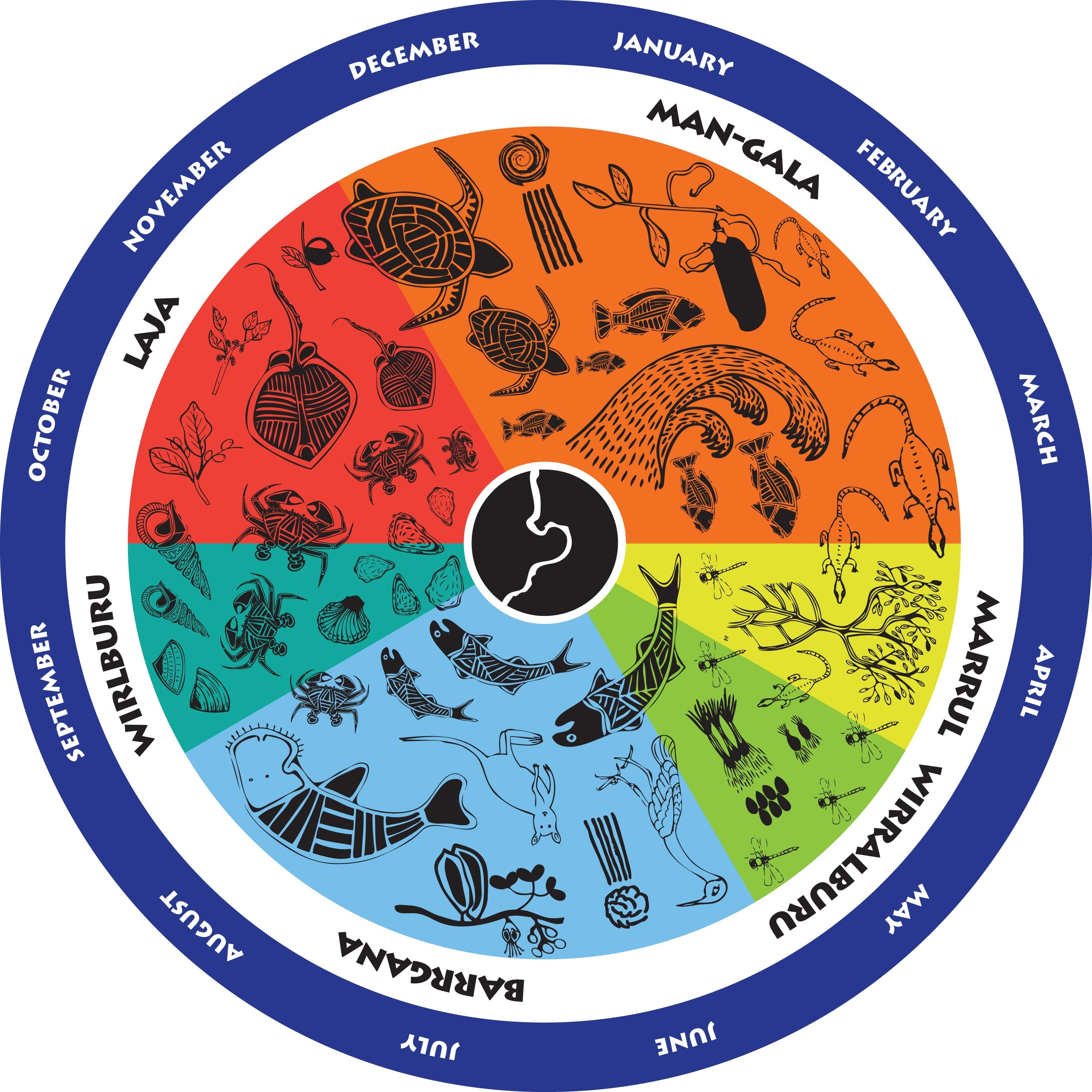
Climate & Weather
Find out more about Broome's weather with information about climate, temperatures and our wet and dry season.
Broome's dry season is usually from May to October and is made up of warm days, balmy nights and perfect holiday weather most of the time.
Broome's wet (or tropical) season is usually from November to April and can bring rain, hotter weather, humidity. From Jan-March monsoonal weather with possible flooding and cyclones.
Broome is very popular between late April through to the end of September - although we think it is always the perfect time to visit Broome!
Broome makes for a great winter escape location for those from colder parts of Australia or the world! Being located in the north of Western Australia, Broome is considered an ideal tropical escape.
Average Temperature & Rainfall
| Jan | Feb | Mar | Apr | May | Jun | |
|---|---|---|---|---|---|---|
| Maximum temperature (°C) | 33.3 | 32.9 | 33.9 | 34.3 | 31.5 | 29.1 |
| Minimum temperature (°C) | 26.3 | 26.0 | 25.4 | 22.6 | 18.2 | 15.1 |
| Mean rainfall (mm) | 175.1 | 179.9 | 102.4 | 26.6 | 27.1 | 18.5 |
| July | Aug | Sept | Oct | Nov | ||
|---|---|---|---|---|---|---|
| 28.8 | 30.2 | 31.7 | 32.8 | 33.6 | 33.8 | Maximum temperature (°C) |
| 13.6 | 14.9 | 18.5 | 22.3 | 25.0 | 26.4 | Minimum temperature (°C) |
| 5.9 | 1.7 | 1.4 | 1.3 | 7.9 | 53.1 | Mean rainfall (mm) |
Current weather forecast

Dry Season - May To October
May is classed as the start of our ‘dry season’ and traditionally the most popular time to visit.
When those in the colder parts of Australia are experiencing winter, Broome days are generally fine with temperatures in the vicinity of the 20’s to low 30’s. Broome makes for a great winter escape location! Humidity levels are low and the nights are cool with overnight temperatures ranging in the teens with temperatures rarely dropping below 5C. Broome does not usually experience any significant rain at this time of the year.

Broome's Tropical Summer – November To April
Contrary to popular belief, Broome does not experience constant rain fall during the ‘wet season’ but generally heavy, short downpours usually in the afternoons or late evening with little (if any) rain before mid December.
The build up of humidity creates the perfect environment for mind blowing lightning shows and spectacular sunsets with most of the annual rainfall received from January through to March. Daytime temperatures during ‘the wet’ are in the mid 30’s, with the overnight temperature averaging around the mid 20’s.
Many tours operate year round although some attractions cannot be accessed due to closed roads and local flooding. Broome’s tropical climate of hot, humid summers and warm winters has something for everyone to enjoy. Whether it’s the perfect sunshine days of the ‘dry’ or the dazzling lightning shows of the ‘wet’, whatever the weather, relax, enjoy and … let yourself go.
This beautiful photo of a storm over Roebuck Bay is by Amanda Morris.

The Six Seasons of Yawuru...
The traditional owners of our land identify 6 seasons around the Broome region these consist of:
Man-gala / Mankala
December to March is the wet season. During the rainy season you will experience magnificent sunsets and amazing lightning displays as the rain replenishes the land.
Marul
During April the rain begins to deplete and the weather is still humid and hot. Big tides and abundant water in the area encourage rapid growth in the natural landscape
Wirralburu
At the start of May the cooler winds begin to come off the desert and dew forms at night, marking the beginning of the winter.
Barrgana
In June the beginning of the dry season is discernible with a drop in temperature, starry nights and blue skies.
Wirlburu
The days start to warm up in September and the nights are still cool. A mist begins to form over the ocean and the area becomes
dry and thirsty.
Laja / Larja
The build up of the wet begins in October in anticipation of the rain. The humidity begins to build and the days heat up.

- Learn more about the different First Nations seasons across Australia.
- Wunambal Gaambera calendar
- Miriwoong calendar
What is the time zone in Broome?
The time zone in Western Australia is Australian Western Standard Time (AWST), UTC +8.
Does Broome observe daylight saving time?
Daylight savings is not observed in any part of Western Australia, including Broome.
What time is sunset and sunrise in Broome?
Please read this Tides page for more information about tides and sunset/sunrise times.
How warm is the water in Broome?
Average sea temperatures range from 26.8 - 29°C (80.2 - 84.42°F). You should always read the signs when considering swimming in Western Australia. Adhere to advise given. Beaches are sometimes closed in Broome.
If you have any other questions, please email us or give us a call on 08 9195 2200. View our Roads, Emergency, Bushfire, Flood & Safety page for contact information on how to stay safe and where to find information in an emergency.
